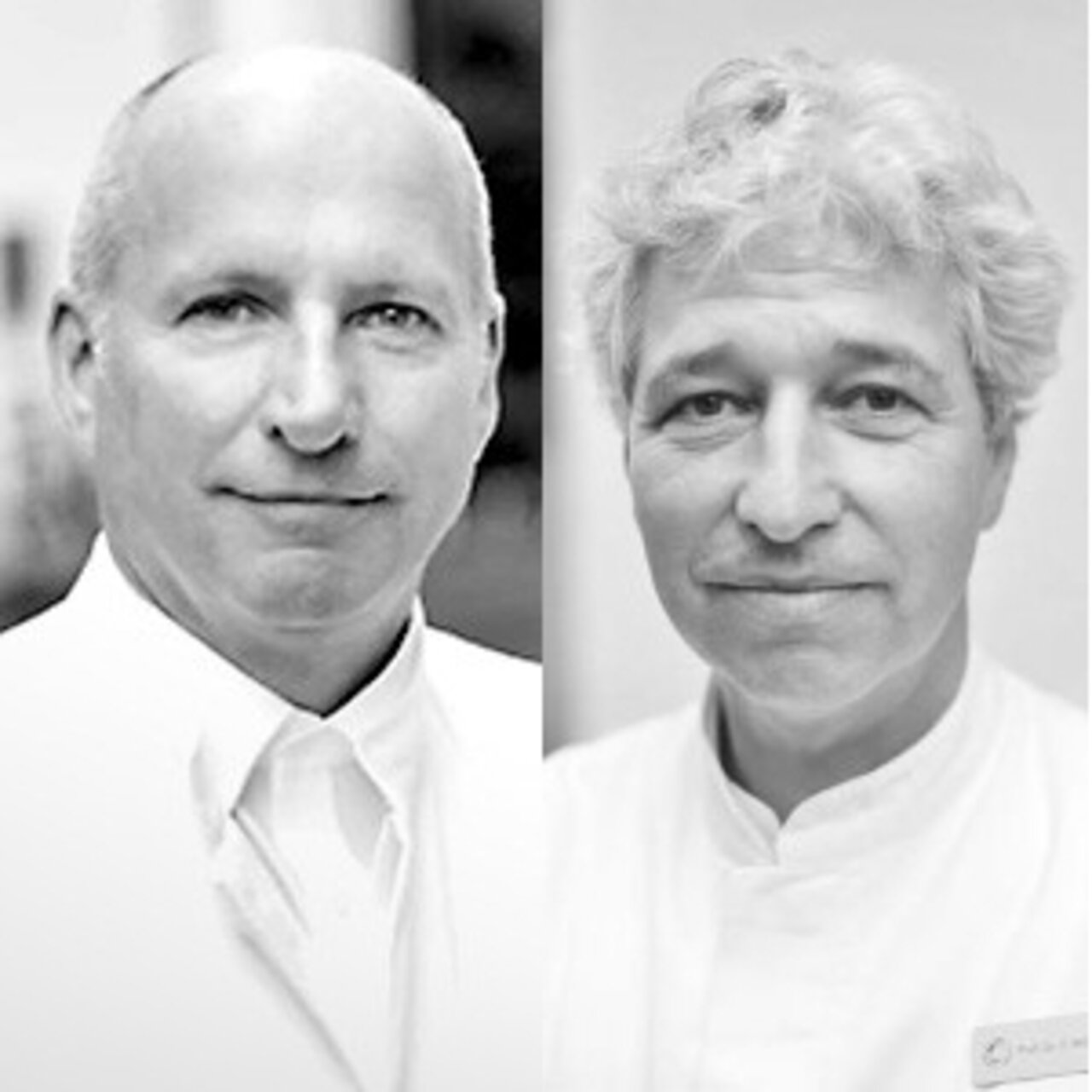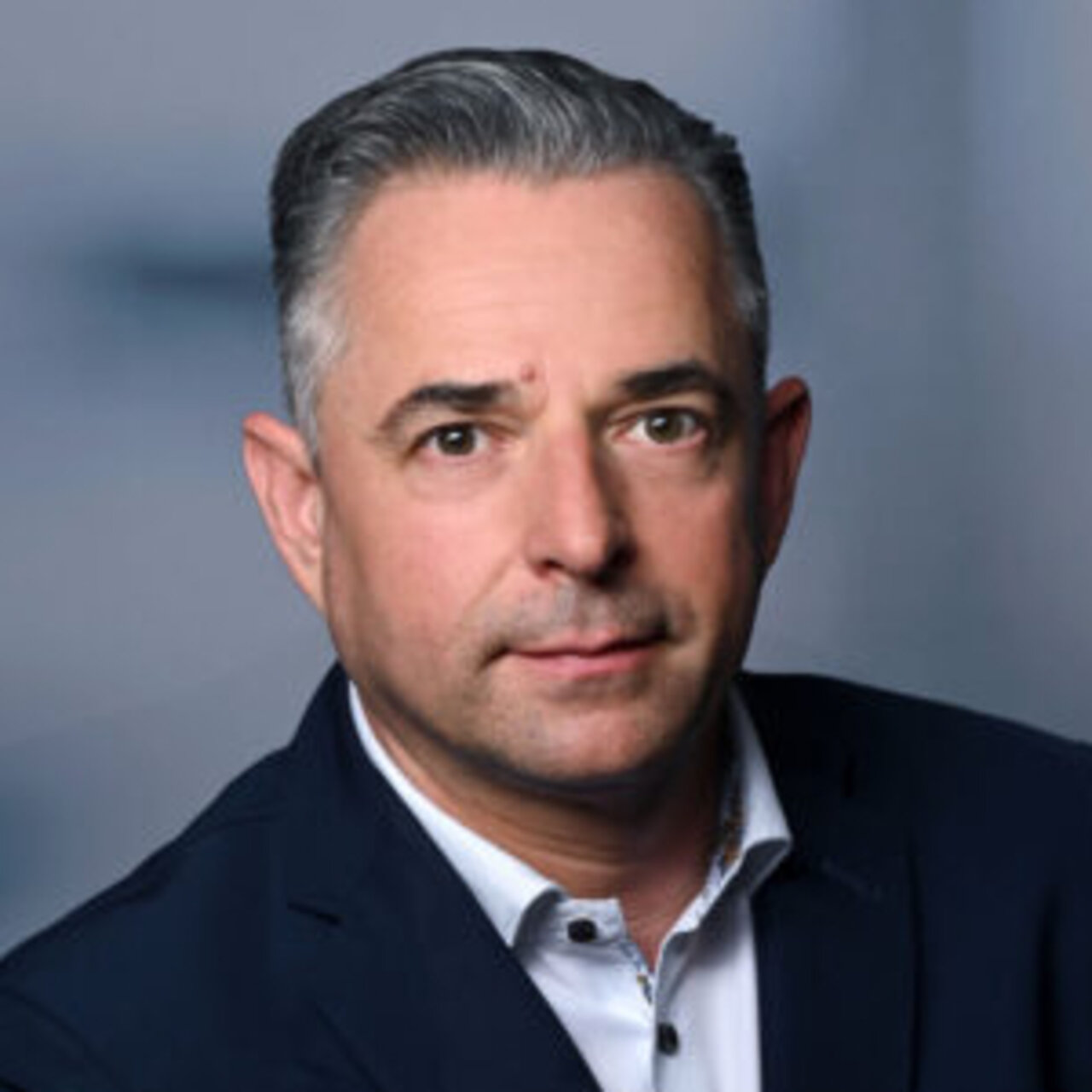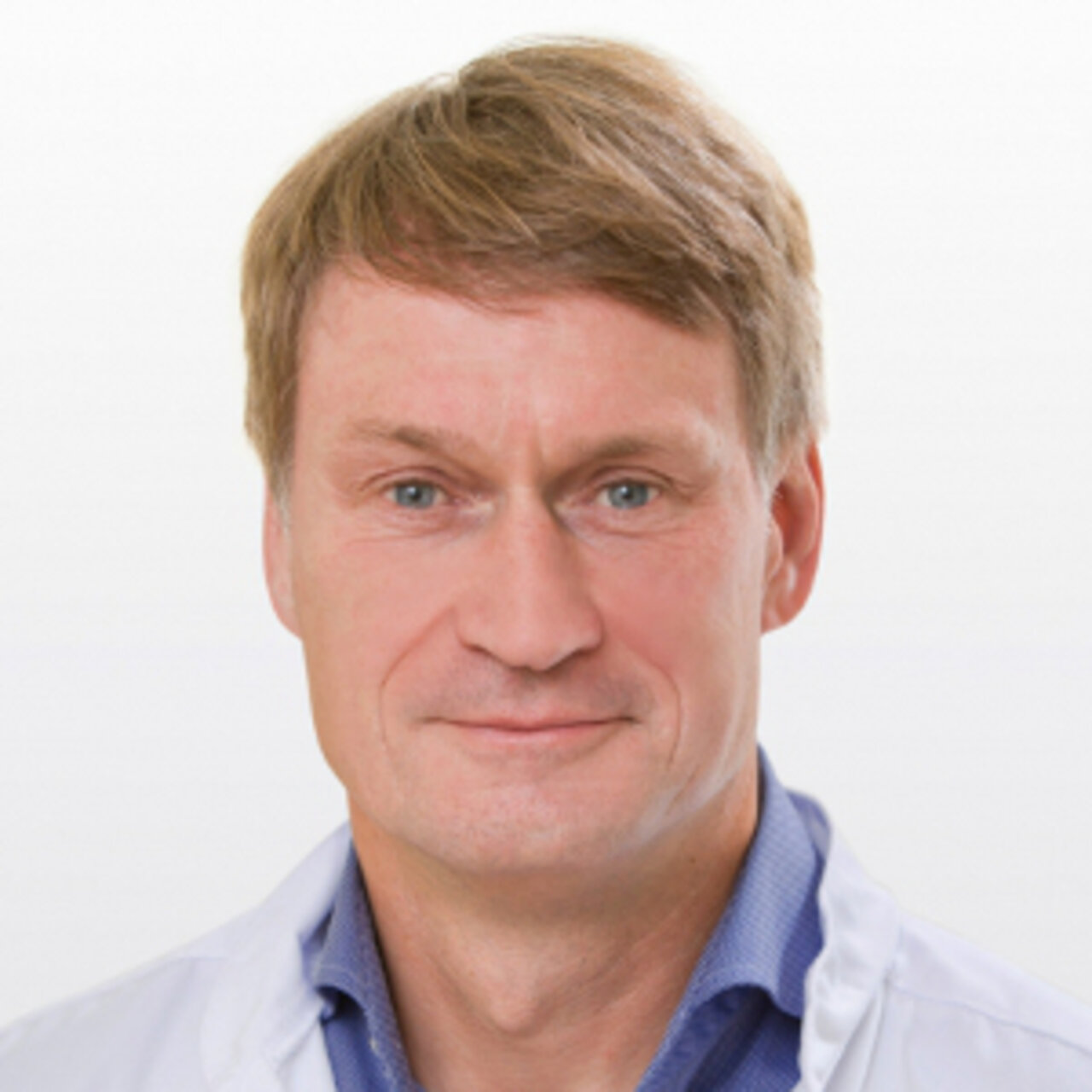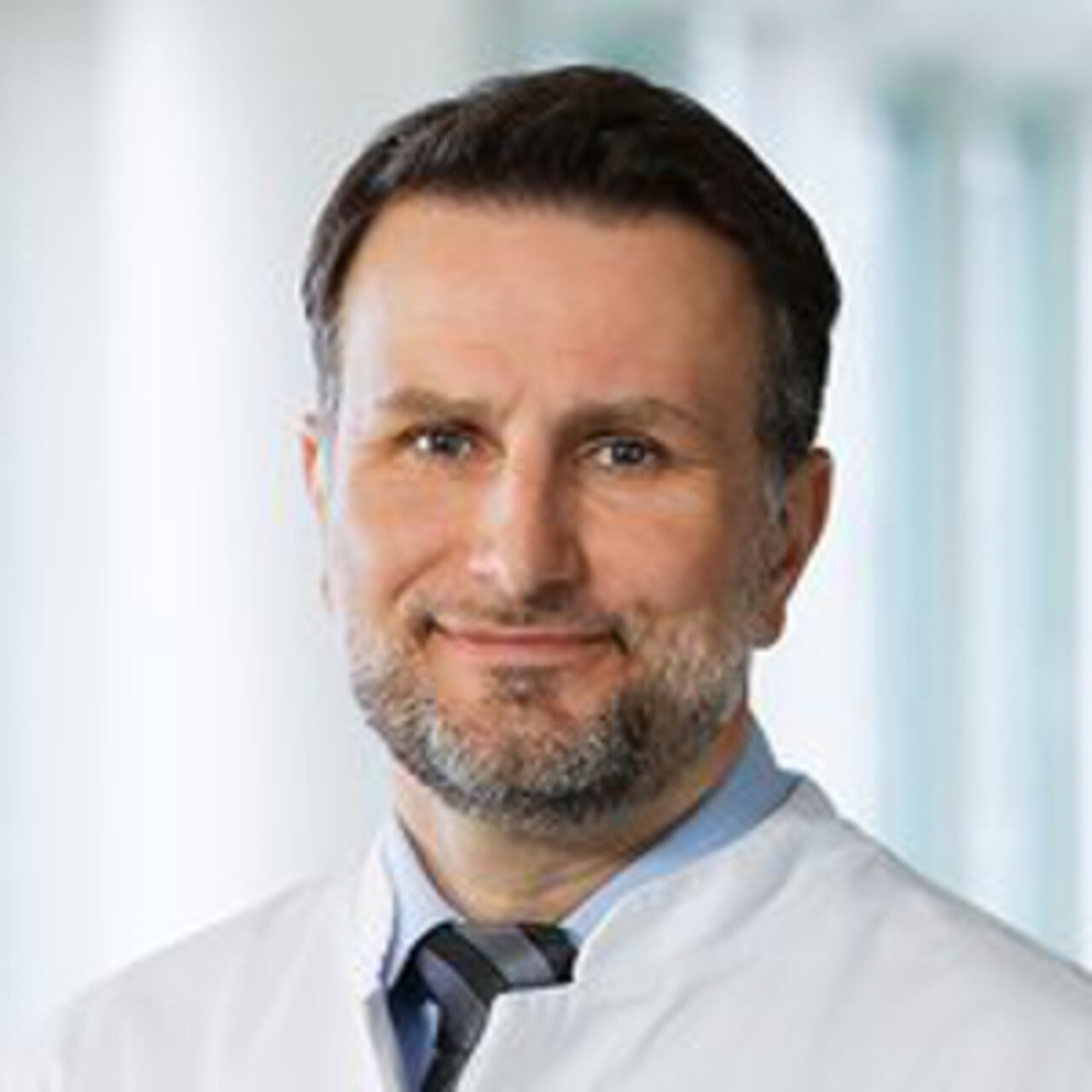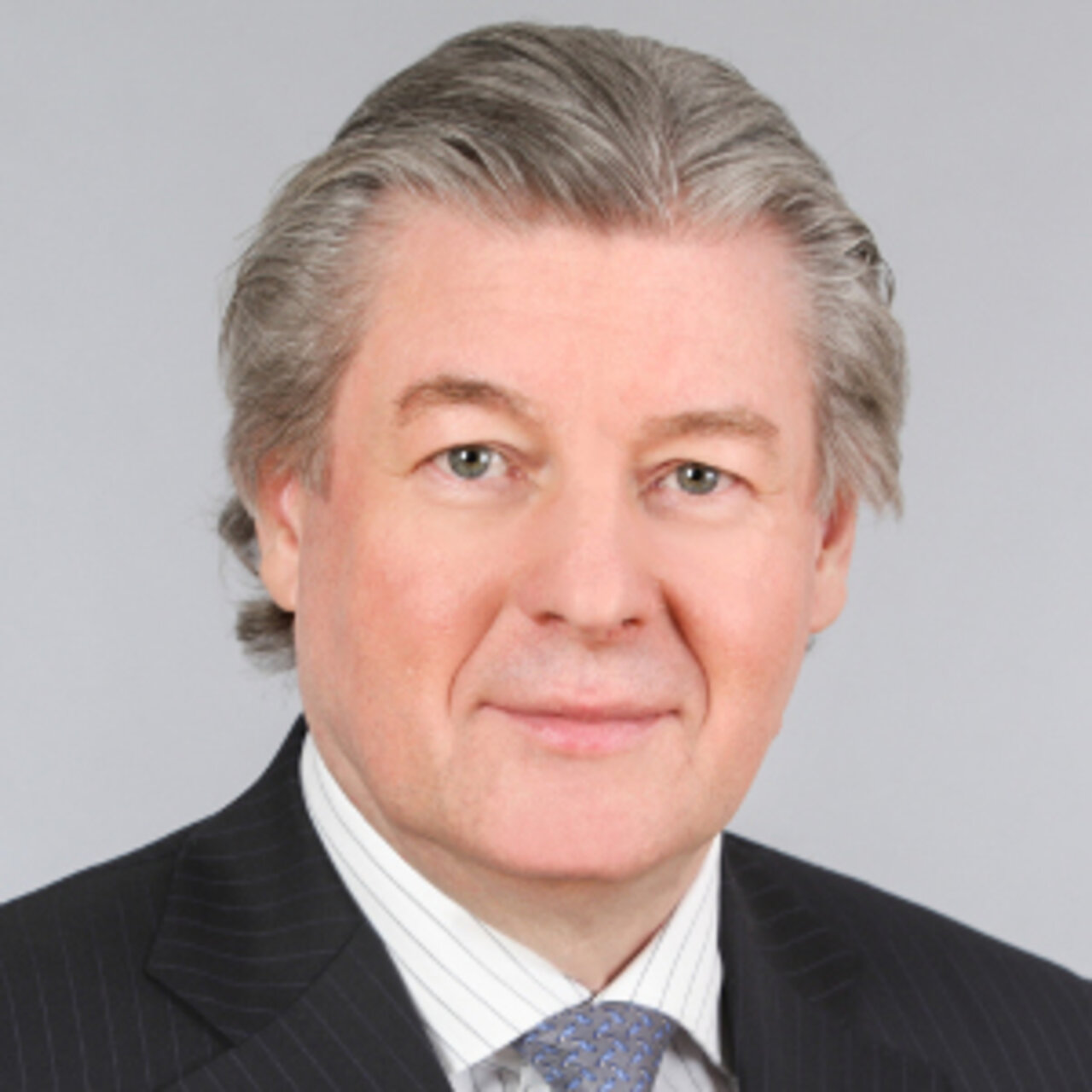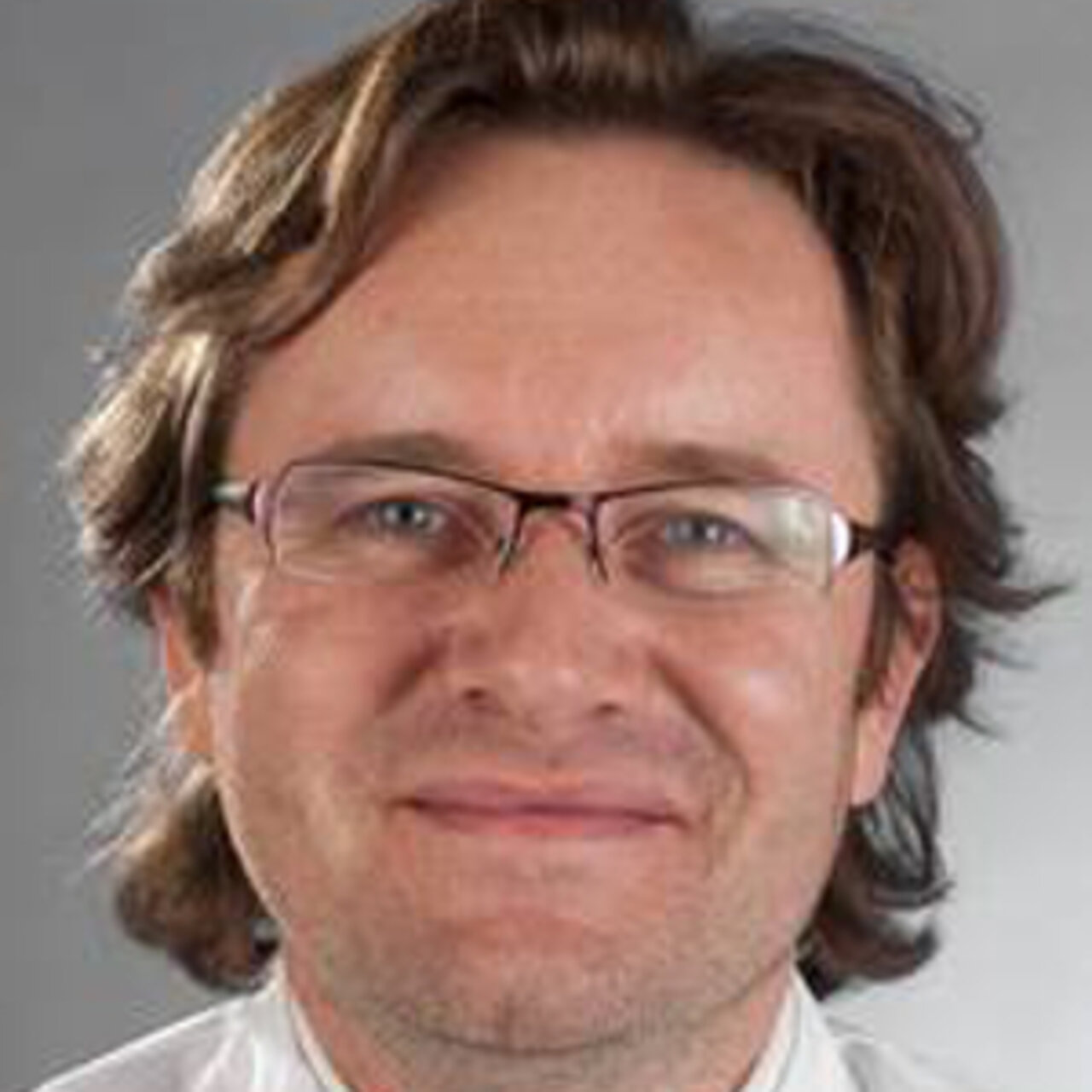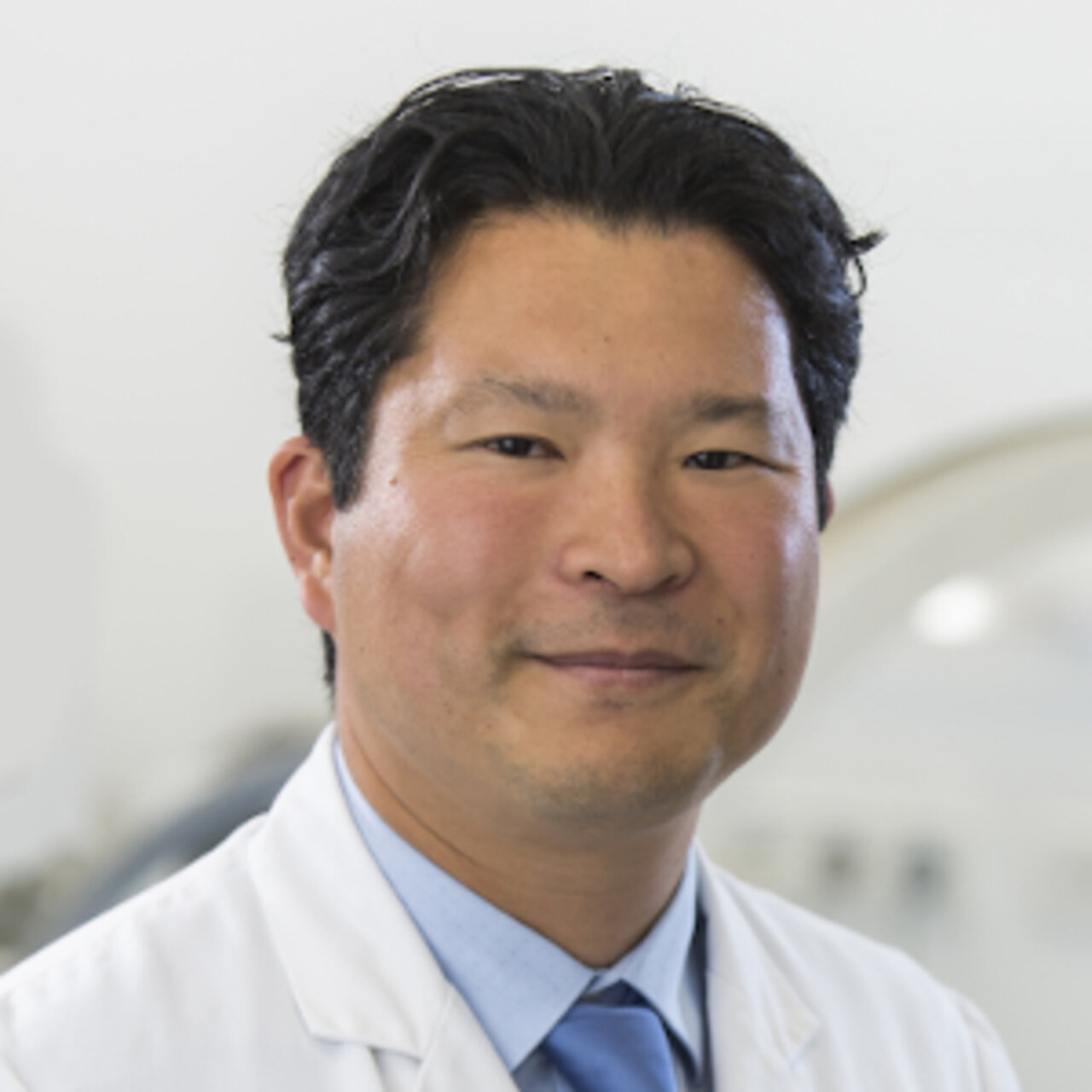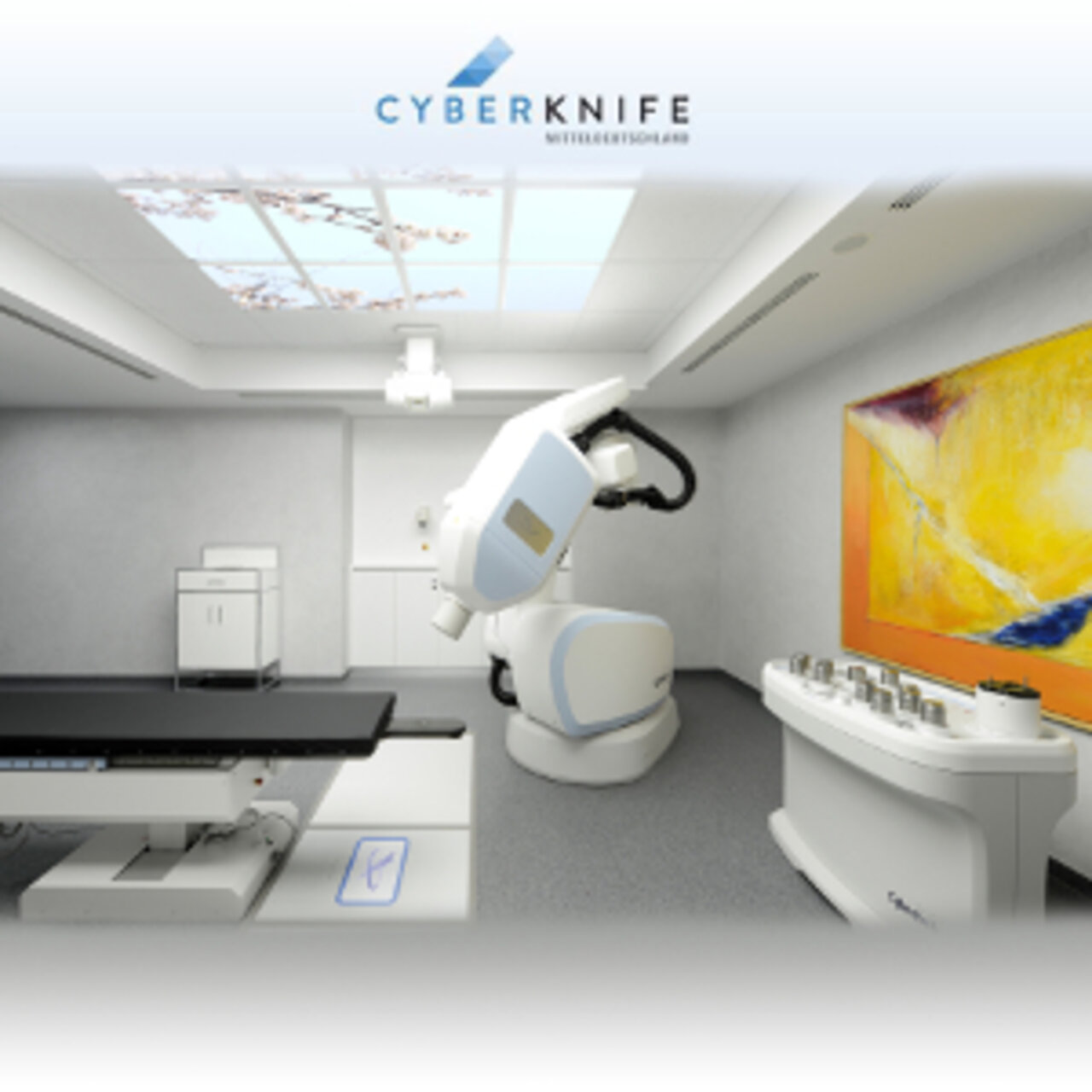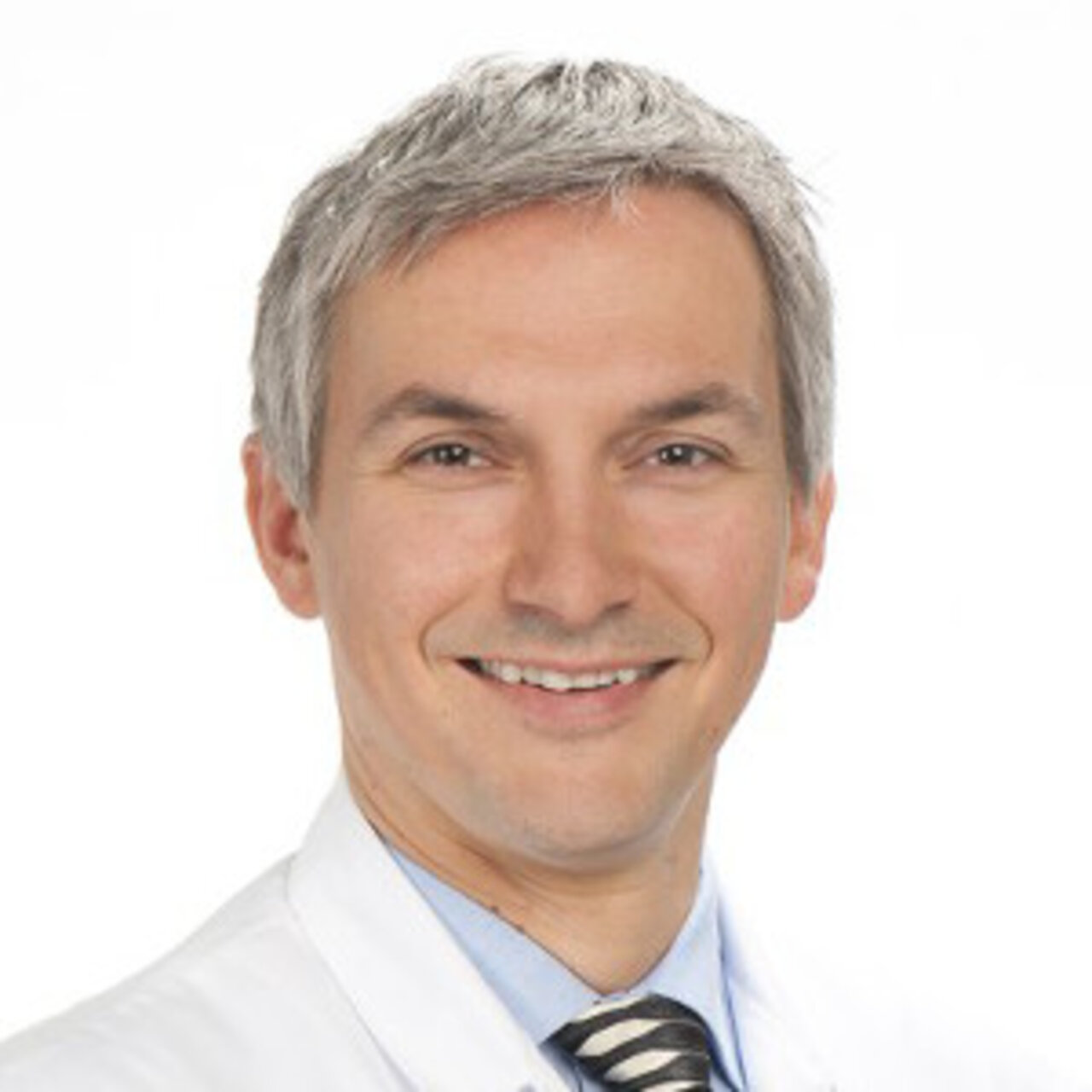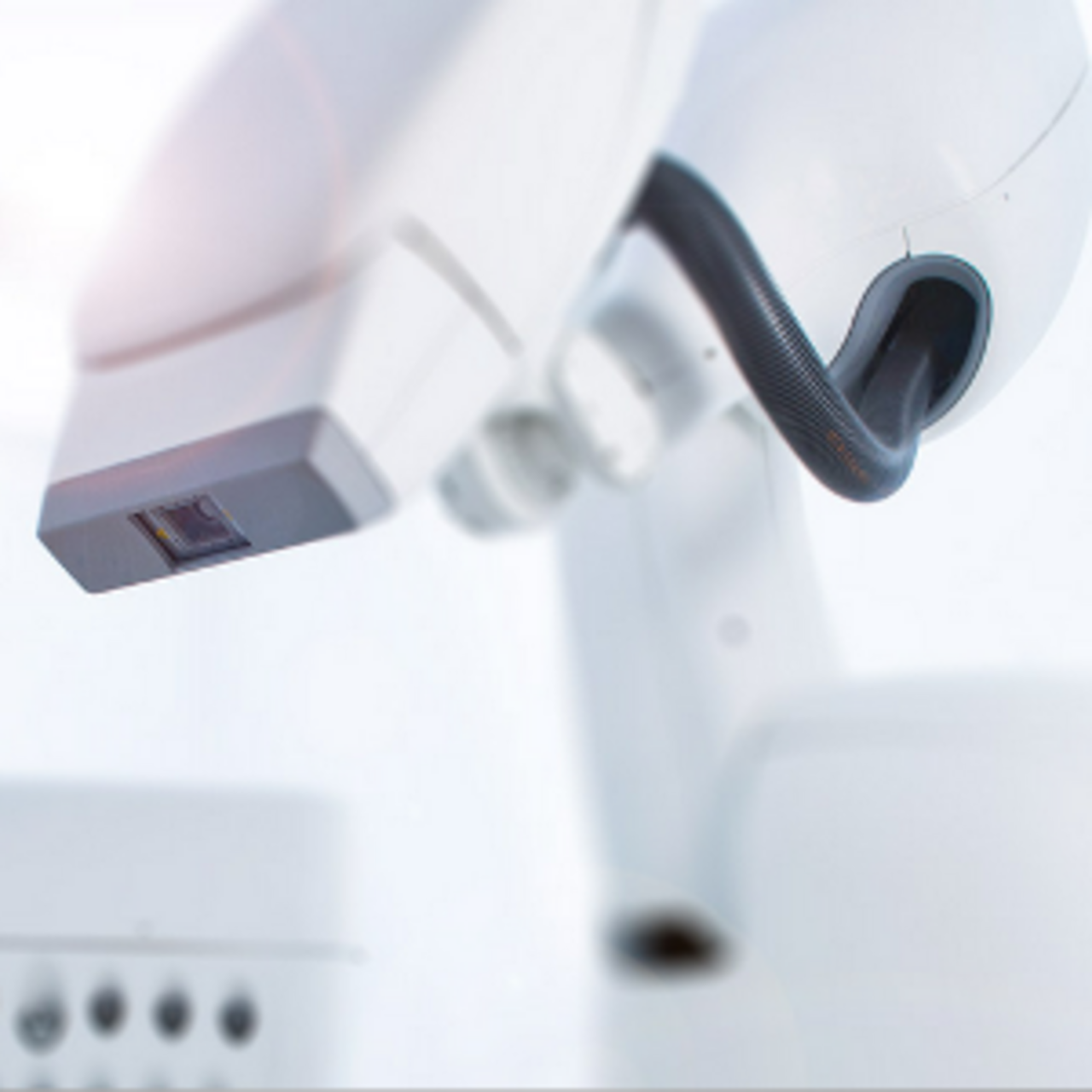Specialists in Arteriovenous Malformation
15 Specialists found
Radiological Alliance – Interdisciplinary Center for Radiosurgery
Radiation Therapy / Gamma Knife
Hamburg
Information About the Field of Arteriovenous Malformation
What Is Arteriovenous Malformation?
Arteriovenous malformations, abbreviated AVM, are congenital malformations of the blood vessels. More precisely, they are short circuits between the arteries and veins, which means that the capillaries are missing, usually the smallest resistance vessels between them. Besides, the vessels in the malformation area often do not reach the strength of healthy vessels, making these spots more susceptible to injury, which then leads to bleeding. The malformations occur mainly in the skull and along the spine. They are very rare within the population; the prevalence is only about 0.15%.
Causes of AVM
The causes of the development of AVM are not exact. Since AVM is more often found among relatives, it is considered likely that genetic defects play a role. Furthermore, it cannot be excluded that environmental influences of any kind may be a causative factor for AVM.
AVM Localization and Symptoms
Symptoms of AVM vary individually and depend on the size. Small malformations can go unnoticed for a lifetime. Large malformations can cause headaches, epileptic seizures, or even unconsciousness. If the malformation lies close to a cranial nerve in the skull, this nerve can fail with specific symptoms such as impaired vision or impaired balance. Sensitivity disorders and paralysis of certain parts of the body have also been noticed in affected persons.
Diagnostics: How is AVM Detected?
If AVM is suspected, an imaging procedure should be carried out for the diagnosis. Computed tomography (CT), magnetic resonance imaging (MRI), or angiography may be performed. Computed tomography is a time-saving method and used in emergencies, e.g., after bleeding. The strength of magnetic resonance imaging lies in its good resolution for soft tissues, e.g., the brain and vessels running in it. The disadvantage is that the patient must lie still in the narrow MRI tube for several minutes. In angiography, a contrast medium is injected into an artery, e.g., into the arm artery. An X-ray of the region of interest is then taken. This procedure is particularly useful for assessing the blood vessels. The contrast agent stresses the kidneys, and an allergy to the iodine in the contrast agent can also be a contraindication for this method.
Treatment Methods for AVM
The treatment of the detected AVM depends on the size and danger. For small silent malformation, only regular observation is recommended. Suppose the AVM lies outside the head and is easily accessible. In that case, it is surgically removed, which can be carried out, for example, by electrical sclerotherapy or closing the artery from the inside.
Neurosurgery
Treating central AVM is more difficult because access can be complicated. The surgery is a microsurgical procedure. The skull must be opened for this purpose. The malformation is then located by navigation and electrically sclerosed or removed.
AVM Embolization
Another possibility is the so-called embolization. For this, a catheter is forwarded through the arm or groin artery to the head's affected area. Then the fluid is applied through the catheter, which agglutinates the artery to seal it permanently. Subsequent surgery by neurosurgeons is also a common therapy choice.
AVM Irradiation
Stereotactic irradiation using a Gamma Knife or a linear accelerator is another therapeutic option. It can be recommended if AVM surgery or embolization is not possible.
Which Doctors and Clinics are AVM Specialists?
In most cases, AVM is located in the central nervous system area and consequently treated by specialists in neurology. Diagnosis requires imaging of the affected area, so neuroradiology specialists are also involved in this clinical picture. It is discussed in an interdisciplinary meeting with the specialists in neurosurgery and carried out by them if surgery is necessary. Neuroradiologists carry out AVM embolization. AVM irradiation takes place in specialized centers for stereotactic radiation.
Sources :
Widder, Görtler: Doppler- und Duplexsonographie der hirnversorgenden Arterien. 6. Auflage. Springer 2014, ISBN 978-3-662-44962-2.
Schwab et al. (Hrsg.): Neurointensiv. 3. Auflage. Springer 2015, ISBN 978-3-662-46499-1.
Hacke (Hrsg.): Neurologie. 14. Auflage. Springer 2016, ISBN 978-3-662-46891-3.
Linn et al. (Hrsg.): Atlas Klinische Neuroradiologie des Gehirns. Springer 2011, ISBN 978-3-540-89568-8.
Hufschmidt et al.: Neurologie compact. 6. Auflage. Thieme 2013, ISBN 978-3-131-17196-2.
Steinmetz et al.: S1-Leitlinie Unrupturierte intrakranielle Aneurysmen. Deutsche Gesellschaft für Neurologie (DGN). Stand September 2012. Abgerufen am 27.06.2016.
Steinmetz et al.: S1-Leitlinie Subarachnoidalblutung (SAB). Deutsche Gesellschaft für Neurologie (DGN). Stand September 2012. Abgerufen am 27.06.2016.
Brandt et al.: Therapie und Verlauf neurologischer Erkrankungen. 6. Auflage. Kohlhammer 2012, ISBN 3-170-21674-0.
